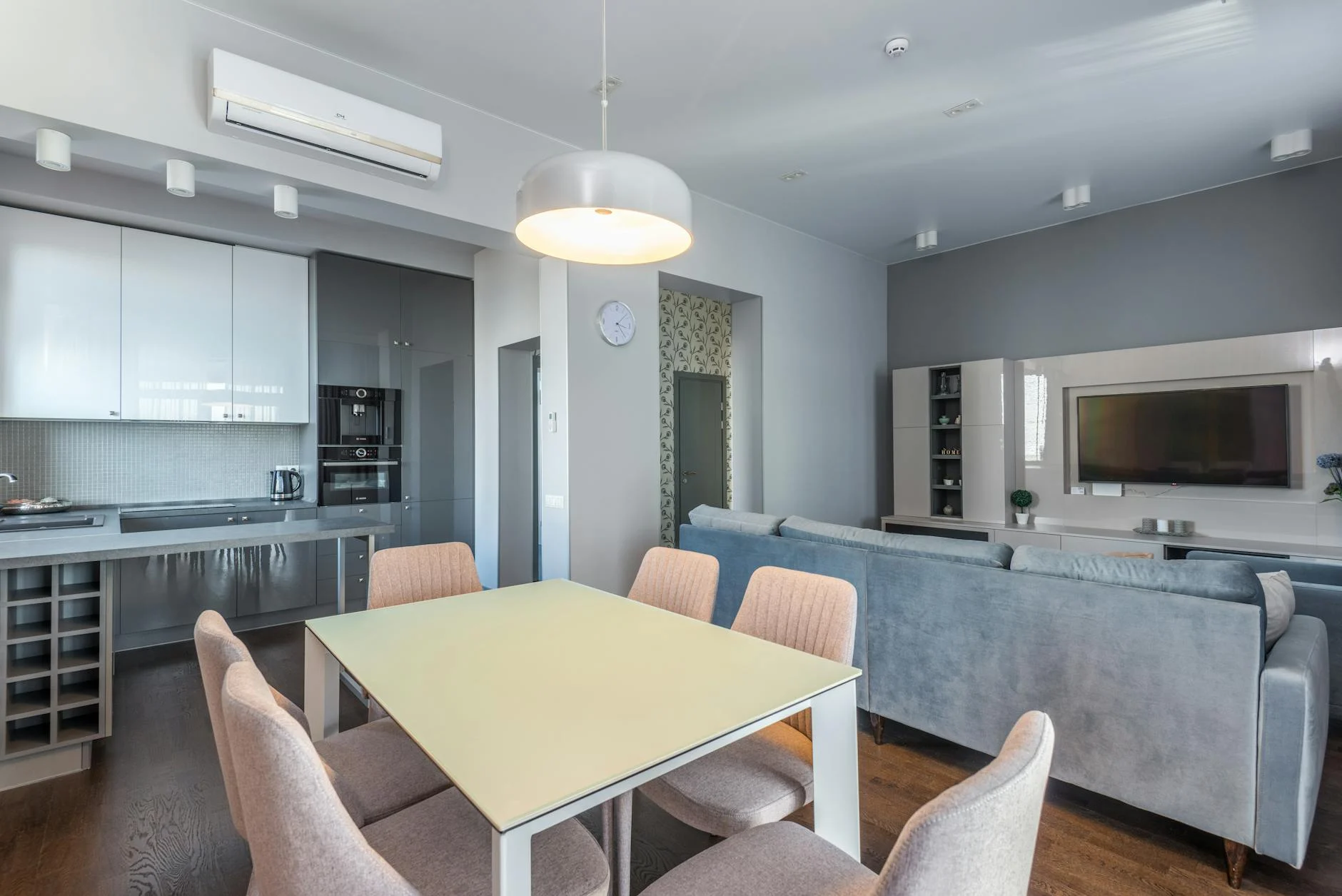In Japan, some rental properties come fully furnished with essential items such as a refrigerator, washing machine, bed, desk, and curtains. These furnished units are especially appealing for tenants looking to minimize initial moving costs or those planning short-term stays.
However, tenants who proceed with a lease based solely on the “furnished” label—without confirming the finer details—may later encounter unexpected issues or dissatisfaction. Common complaints include discovering that the furniture is older or more worn than anticipated, or learning that broken items are not replaced or maintained by the landlord.
This article outlines the often-overlooked details that tenants should verify when considering a furnished rental, based on actual leasing practices in Japan. While the convenience and reduced upfront expense are undeniable benefits, it’s equally important to understand the contractual implications to avoid costly surprises and ensure a smooth living experience.
What Is Included in a Furnished Property? Understanding the Scope of Equipment
The term “furnished” can vary significantly from one property to another in Japan. Some furnished rentals offer only the bare essentials, while others provide a nearly complete range of household necessities. As such, it is crucial to confirm exactly what is included—item by item—before signing the lease.
Common furnishings may include a bed, mattress, television, refrigerator, microwave, washing machine, air conditioner, curtains, table, chairs, and lighting fixtures. However, some properties may not provide smaller items such as electric kettles, vacuum cleaners, or dishware.
To avoid misunderstandings, it is essential to review the lease and any accompanying inventory list to ensure that specific items are clearly documented. Whenever possible, request photos or conduct an on-site viewing to verify both the presence and condition of the included furnishings.
Management, Repairs, and Replacement Policies for Furnishings
Furniture and appliances in furnished rentals are subject to regular use, and it is entirely possible for items to break down or malfunction over time. Who bears the cost of repair or replacement in such cases can vary significantly depending on the property and the lease agreement.
For instance, if the furnishings are designated as “provided free of charge” by the landlord, they are typically responsible for repair or replacement in the event of damage from normal use. However, if the lease lacks a clear statement on this matter, tenants may be required to cover the costs themselves.
Some lease agreements include special clauses stipulating that “tenants are responsible for maintenance,” “replacement requests are at the tenant’s expense,” or “repairs must be arranged independently.” These conditions can often lead to disputes at the time of move-out.
It is essential to review the contract carefully to ensure it does not state that “furniture and appliances are services, not part of the facilities.” Also, confirm whether responsibilities and coverage for repairs and replacements are explicitly outlined.
Restoration Obligations in Furnished Properties
As with standard rental agreements, tenants of furnished properties are generally required to return the unit to its original condition upon move-out. However, in furnished rentals, this obligation may also extend to the provided furniture and appliances.
For example, significant stains on a mattress or the loss of a TV remote control may be deemed tenant responsibility and subject to restoration fees. If the damage is considered intentional or due to negligence, tenants are typically charged the full cost of repair or replacement.
While normal wear and tear from standard use is usually covered by the landlord, the final determination often depends on the discretion of the landlord or property management company. To avoid disputes, it is highly recommended that tenants document the condition of all furnishings at the time of move-in.
Response Times and Communication Channels for Repairs
In furnished rental properties, appliances such as refrigerators, washing machines, and air conditioners are essential to daily living. As such, delays in repair services can significantly disrupt a tenant’s lifestyle. However, response times and support availability can vary depending on the landlord or property management company—some may only offer service during limited hours or on specific days.
Before signing a lease, it is important to confirm the emergency contact procedures, hours of support, and whether temporary replacements are available in the event of equipment failure. Asking how long repairs or replacement decisions typically take can also help tenants prepare calmly should an issue arise.
Additionally, verify that multiple communication channels—such as phone, email, or a dedicated property management app—are available for reporting problems. A well-structured response system provides peace of mind and contributes to a more reliable living experience.
Condition and Age of Furnishings and Appliances
While furnished rentals include appliances and furniture at the time of lease signing, the quality and condition of these items can vary significantly from property to property. It’s not uncommon for older models to be in place—items that may appear functional on the surface but have unstable performance or worn components due to age.
Special attention should be given to essential appliances such as air conditioners and refrigerators, as their performance directly impacts daily living. Issues like unusual noises, weak cooling, or high electricity consumption often only become apparent after move-in.
Whenever possible, request a test run of key appliances before signing the lease, or ask for the year of manufacture and model number. Inquire about the usage history and whether replacements are planned. If noticeable wear is present, it may be possible to negotiate for replacements as part of the lease agreement.
“Furnished” May Not Mean Fully Equipped: Understanding What’s Actually Included
Even when a rental listing is advertised as “furnished,” the actual contents may fall short of expectations. For example, a listing may claim to include a table, only for the tenant to discover it’s a basic folding version. A “bed included” promise may turn out to mean the frame only—without a mattress.
In some cases, advertisements use staged model room photos that imply a full suite of furnishings, when in reality, many items are optional and subject to additional charges.
To avoid such discrepancies, it’s essential to request a detailed inventory list before signing the lease. Whenever possible, confirm actual product photos or model numbers to ensure that what’s included aligns with your expectations.
Lease Type and Furniture Ownership: Know the Distinction
In the realm of furnished rentals, there are typically two types of agreements: furnished lease and furniture rental lease. In the former, the furniture is owned by the landlord and provided to the tenant either free of charge or under specific conditions. While tenants are free to use the items, ownership remains with the landlord. In the latter arrangement, the furnishings and appliances are provided by a third-party rental company. The tenant pays a monthly rental fee for their use, which is often billed separately from the rent. Upon termination of the lease, the rented items must be returned.
It is essential to verify which arrangement applies by reviewing the lease agreement or the Explanation of Important Matters. Understanding the structure of fees and the terms of use will help tenants make informed decisions and avoid misunderstandings during or after the tenancy.




